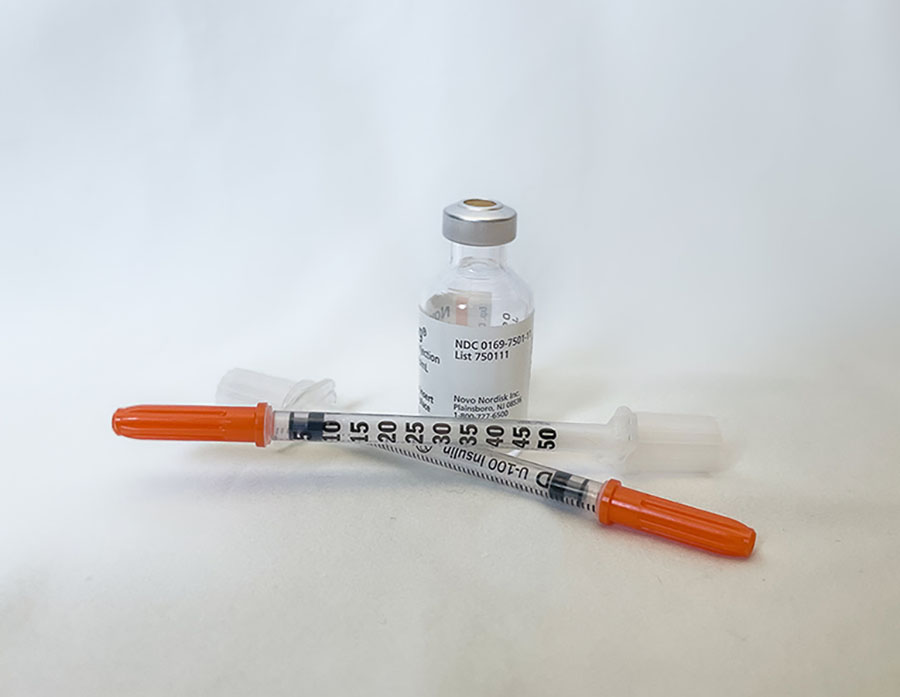Booster breakdown
Visuals and Features Editor Maddy Smith breaks down vaccines and how to combat COVID.
COVID-19 vaccinations and booster shots are available at most local pharmacies, see their website for details.
The first lab-reported case of COVID-19 in America was on Jan. 20, 2020. Now, nearly two years out, society has adapted to this pandemic. Various sources have claimed miracle cures and the best methods of preventing spread and infection. One thing is certain: the CDC recommends masks, vaccines, and boosters to combat the original virus and its more viral variants.
The first booster shot to improve immunity against COVID-19 was approved by the FDA on Sept. 23, 2021. What is a booster shot and why do we need it? The first thing to know is that the protection of a vaccine decreases over time. The COVID booster is meant to increase immunity against the virus with a different dose of the vaccine. This is not to be confused with a third dose, which is provided to those who are severely immunocompromised and the most at-risk to infection. The booster is a smaller dose to maintain viral protection. People need the booster shot for the same reasons that they get a flu shot every year rather than one and done. For more information about where to get a booster, see your local pharmacy or the University of Iowa site.
For both vaccinated and unvaccinated individuals, masks are still recommended by the CDC indoors, especially in light of the more transmissible Omicron variant. You should choose a mask that provides the most protection. This means if it is a cloth mask, having at least two layers of breathable fabric. The mask should completely cover your nose and mouth with no gaps. The best masks have a metal strip on the nose to fit it to your face. Do not choose masks that have ventilation valves and spaces where virus particles can escape. Face shields are not recommended as the only method of protection. Scarves, ski masks and balaclavas are not replacements for masks but can be worn over them. Masks are required in all federal buildings, regardless of vaccination status. ICCSD has an active mask mandate that must be followed and enforced.
The CDC quarantine policy has changed multiple times. As of Jan. 9, you do not need to quarantine if you are exposed but not showing symptoms. You should, however, test at least five days after exposure regardless of symptom status. You should wear a mask for a full ten days after exposure to ensure there is no spread. If you are not fully vaccinated you should quarantine for at least five full days after exposure. If you have to be around others in your home you should be fully masked. You should get tested at least five days after exposure regardless of symptom status. You should wear a mask for at least ten days after your exposure. The Iowa Department of Public Health recommends that Iowa residents follow the aforementioned CDC guidelines.
The quarantine policy for West High recommends that students stay home if they feel any one of the listed symptoms on their guideline page. Students should also stay home if they have been in “close contact” with someone who tested positive for COVID-19 until they have been confirmed negative. Close Contact is defined as being within 6 feet for more than 15 minutes in a 24 hour period with someone who tested positive for COVID-19. The quarantine protocol page on the ICCSD website was unavailable at the time this was written.
Your donation will support the student journalists of West High School. Your contribution will allow us to purchase Scholarship Yearbooks, newsroom equipment and cover our annual website hosting costs.

(she/her) Maddy Smith is a senior at West. This will be her third year on staff. She is the online Features and Visuals editor. She enjoys music, photography,...



